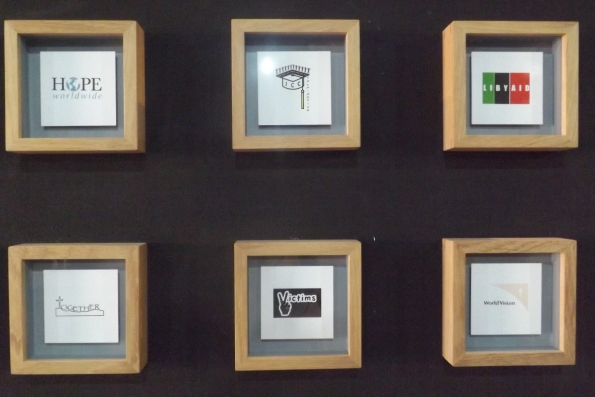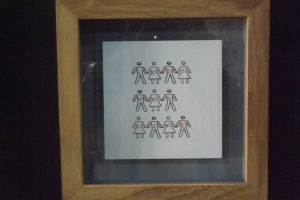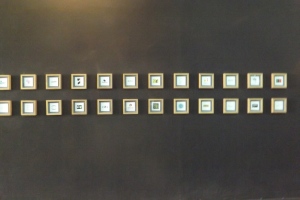 It is funny that political conversations that I have been involved in for the last six to seven months should follow me (or is it the other way round) to Dakar. When I left Kenya for my “art pilgrimage” to courtesy of the Dak’Art 2014, part of the political discourse in the country then was on the new regulatory legal framework that is supposed to help improve the Public Benefit Organisations also known as the Non-Governmental Organisations (NGOs) to serve the public better.
It is funny that political conversations that I have been involved in for the last six to seven months should follow me (or is it the other way round) to Dakar. When I left Kenya for my “art pilgrimage” to courtesy of the Dak’Art 2014, part of the political discourse in the country then was on the new regulatory legal framework that is supposed to help improve the Public Benefit Organisations also known as the Non-Governmental Organisations (NGOs) to serve the public better.
The hot debate around this new legal framework has been heightened by the government’s attempt, late year, to try and introduce some amendments that were by and large going to either cripple or kill the NGOs sector, inspite of their significance and input to development.
There is now a new confrontation pitying the government that argues that they need more regulations that to reform the sector and the stakeholders with the NGOs who argue that the move is ill timed. Those opposed to the government move argue that the new regulation that become law early last year (2013) has not been tested because the government minister in charge has been reluctant to commence the new law.
The opponents argue that changing the new law and making it more punitive before it is even tested is insensitive. Supporters of the new law argue that it was developed in a participatory way. It took about four years to develop it and the process brought together representatives of a wide spectrum of NGOs and even government bodies and departments. NGOs maintain that the new law is good.
However, even as this debate goes on in the government offices and NGOs spaces, ordinary citizens are holding their own debates and points of view. One of this point of view by the citizen has received space at this year’s Dak’Art biennale and while subtle, it speaks volume.
The role and significance of NGOs is discussed by Kenyan-based artist Sam Hopkins with his installation Logos of Non Profit Organisations working in Kenya (some of which are imaginary). A silk screen measuring 80x230x5 cm each and started in 2010, the project is an ongoing interrogation.
“That the NGO sector is very important in Kenya is without doubt,” Sam pointed out. “However, what is not clear is what qualifies as charity, development or aid.”
Sam Hopkins addresses this wide assortment of NGOs and their diverging missions by focusing on the aesthetics of their logo designs.
It is not only Sam Hopkins, who discussed politics at this year’s Dak’Art biennale. It is a recurring theme that is openly discussed by some artists and others are subtle. The work is presented as paintings, sculptures, installations and even videos.
Amary Sobel Diop’s Apologie pour la paix (Apology for Peace) pays tribute to the women of the past few decades responsible for a fragile that is maintained through their actions. These women include Tawakal Karman, Alione Sitoe Diatta, Ellen Johnson Sirleaf, Leyman Roberta Gbowee and Rigobert Manchu Tum.
 Boughriet’s HD video dubbed Transit touches on politics. Linked to both her Arabic background and Western culture, Halida shows how human relationships are powerful and violent. Her work involves political, social and aesthetic matters.
Boughriet’s HD video dubbed Transit touches on politics. Linked to both her Arabic background and Western culture, Halida shows how human relationships are powerful and violent. Her work involves political, social and aesthetic matters.
Serge Olivier Fokoua’s installation Emprise falls into this category too. Emprise questions the motives of democratic representatives. How can we trust those who “only think with their gut?”
